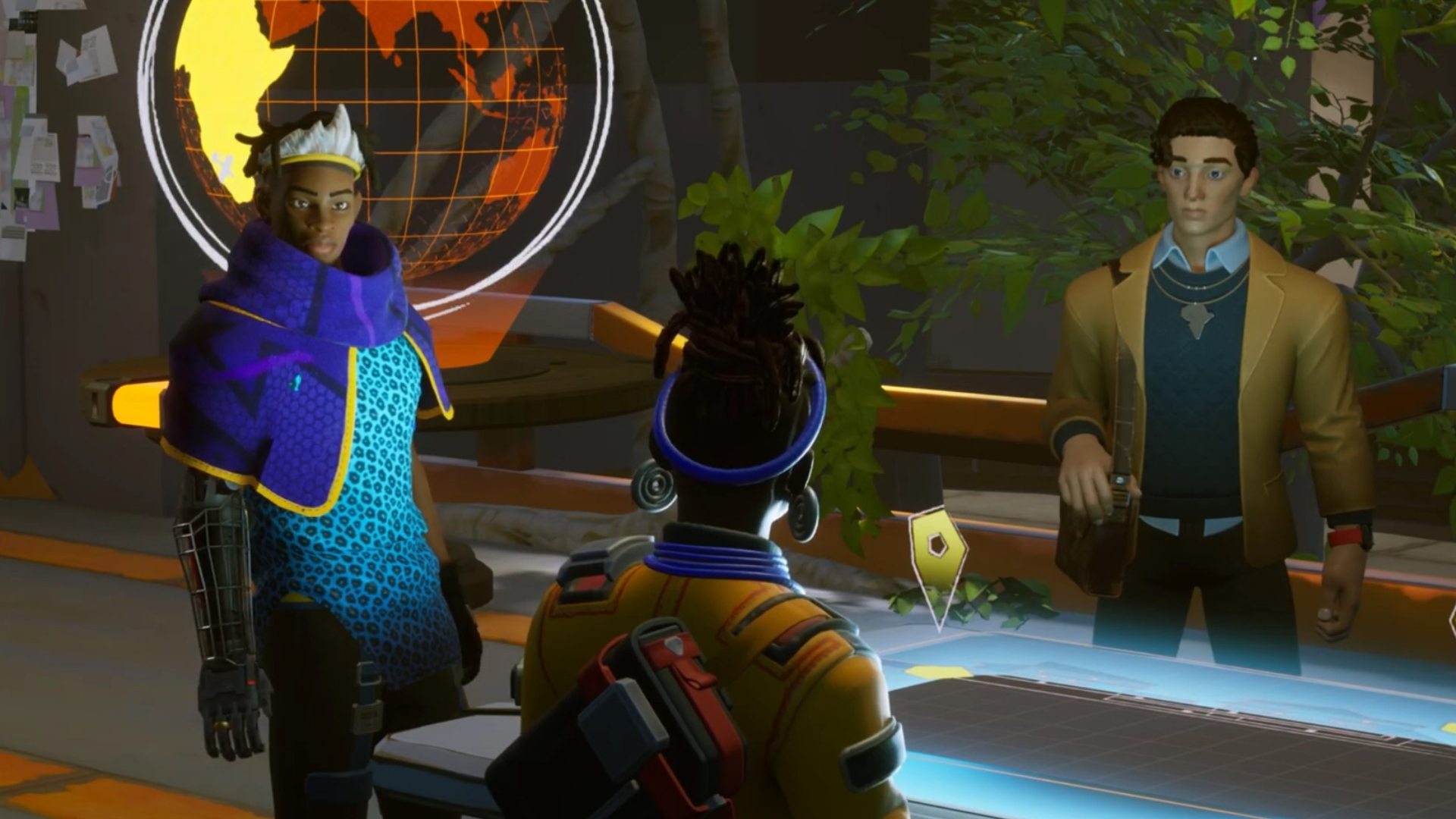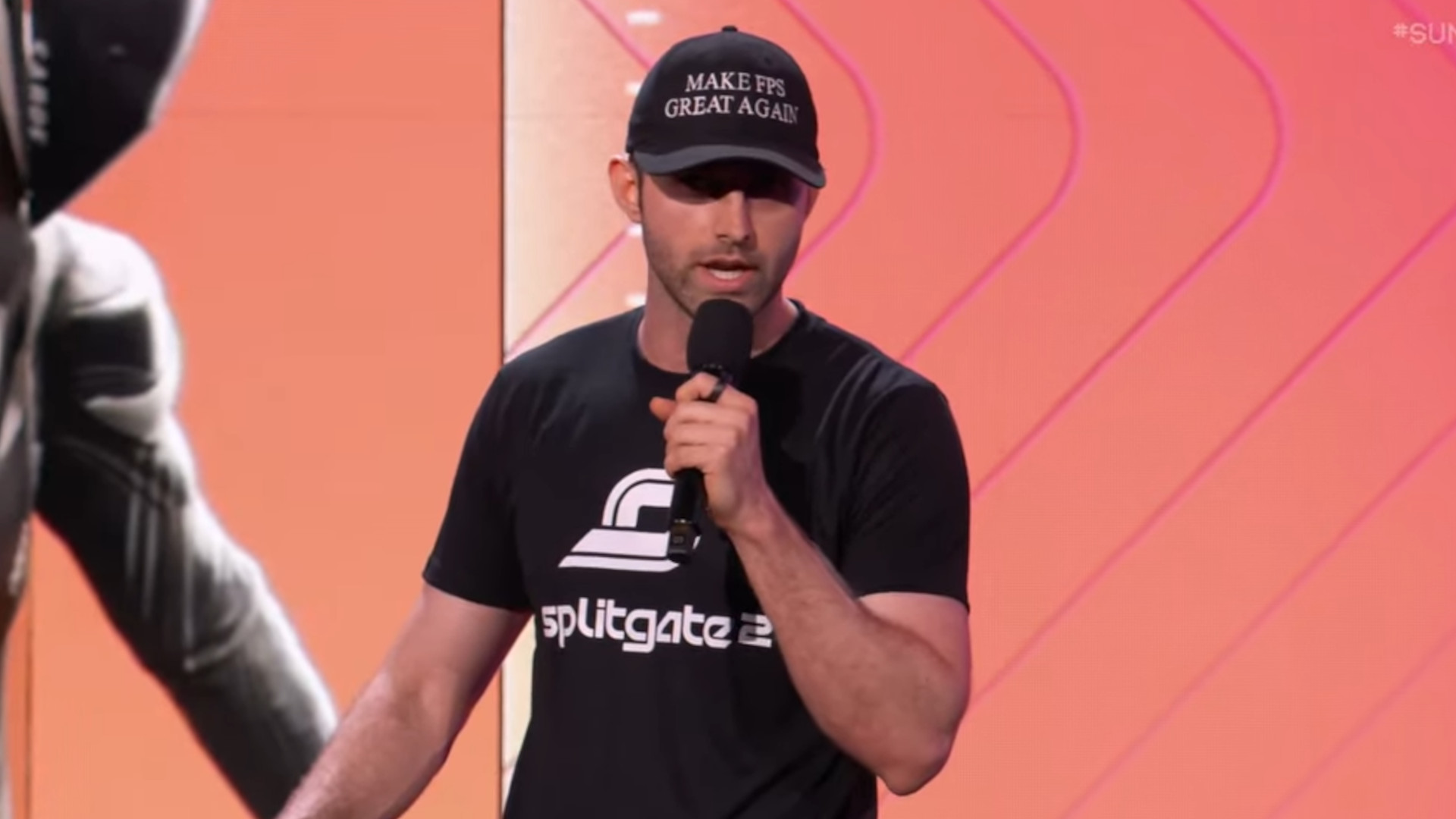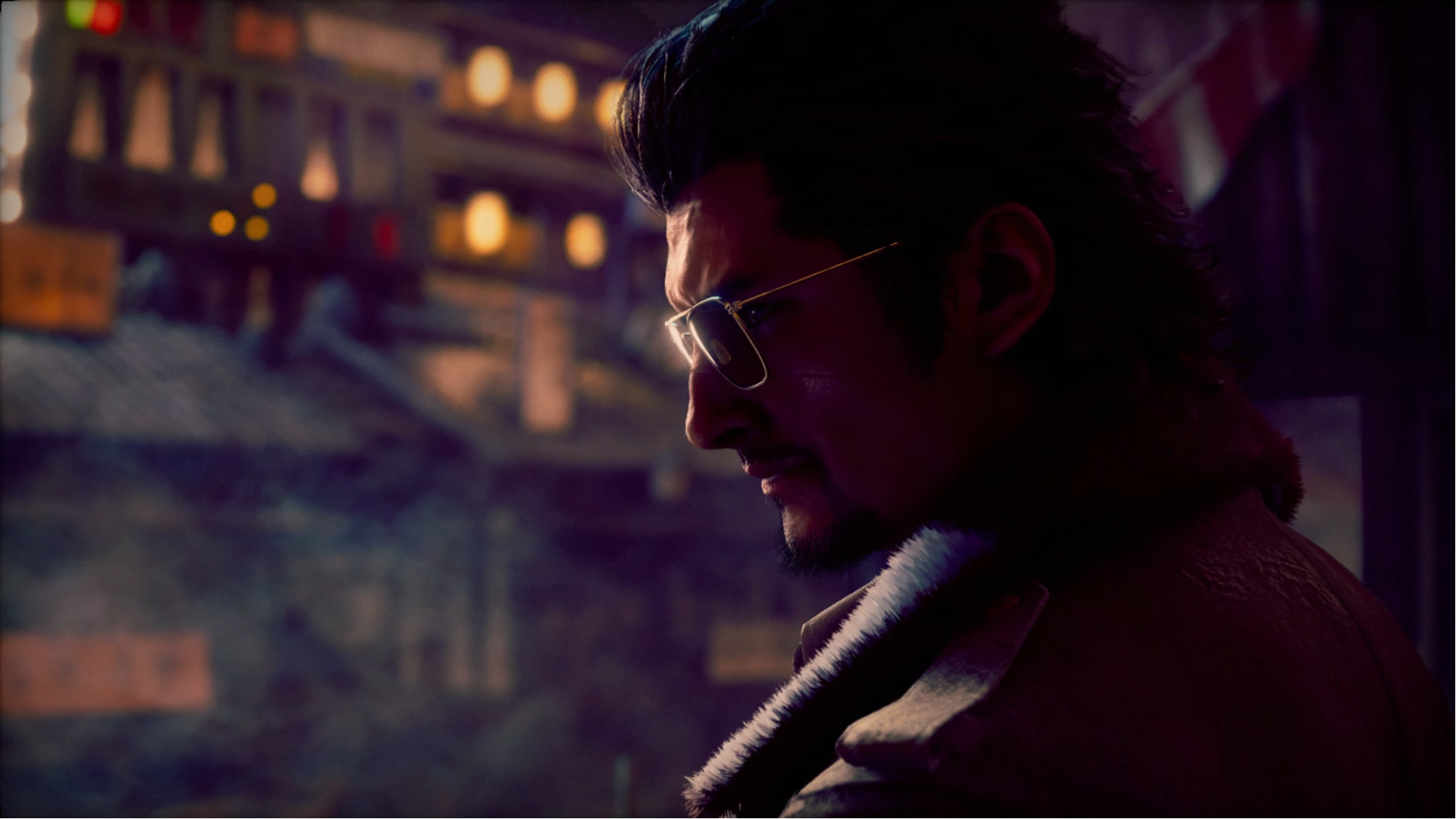
Here are my early impressions of Overwatch 2 after playing for several hours. For my full scored review check back next week when Overwatch 2 launches.
Is Overwatch 2 truly a sequel? It’s a question that has lingered around the second iteration of Blizzard’s multiplayer shooter ever since its unveiling in 2019, and one that intensified when it was revealed that it will fully replace the existing Overwatch, not exist alongside it. Well, now it’s finally in our hands, and I can say that while it’s less of a reinvention and more of an evolution of the intense, nuanced, and brilliantly colourful team-based battle that made its predecessor so enjoyable, it still brings enough new things to the table that it feels like its own distinct game and not simply Overwatch 1.5.
The bigger question, as Overwatch 2 begins to open up to the public as a free-to-play game, is how many of those are for the betterment of the experience – different is, after all, not synonymous with better, and after playing several hours I’m still split on what’s an improvement and what isn’t. I don’t mean to sound too negative – the original Overwatch is genuinely among the most fun I’ve ever had with a video game (and one of only two 10s I’ve ever given at IGN), so a step down from that is still something very enjoyable. Blizzard has simply set an incredibly high bar for itself here.
Overwatch 2 still revolves around the exciting team-based hero shooter gameplay that made the original such a massive hit when it launched in 2016. Its sheer variety in character design across its 35 heroes, the ways in which they each feel unique to control, and the charm bursting from every seam remain clear to see. Everybody’s weapons still feel fantastic to wield, and a full pass to the sounds they produce and a slight visual glow-up only add to the empowering joy of battle. Its highs and lows, from the delight of those last-second tactical switch-ups to the agony of a teammate refusing to step onto the objective at a crucial moment, have yet to be fully replicated by any game since. That rush was the beating heart of Overwatch, but one that unfortunately diminished as it descended into a relatively stale affair near the end of its lifespan thanks to a lack of new content and an abundance of shields leading to a tedious meta developing. Some of the changes being made in this sequel act as a defibrillator, though, jolting new life into Blizzard’s hero shooter.
Outside of the fact that Overwatch 2 is a free-to-play game, by far the biggest shake-up that comes with the sequel is the move from a 6v6 to a smaller 5v5 format. It’s a huge ideological shift in which tangible repercussions are immediately felt. Aside from the potential horror of discovering you were the sixth-best Overwatch player out of your friends and finding yourself the odd person out, it comes with both blessings and curses – it fully drags Overwatch 2 out of the stagnant meta swamp its predecessor found itself in over the past couple of years, but also denies itself some of the lustre of its satisfying team play.
5v5 fully drags Overwatch 2 out of the stagnant meta swamp its predecessor found itself in.
Team compositions now consist of two damage, two support, and just one tank character. This means only one of the now 10 playable tank heroes can be in play at a time, whereas in old-school Overwatch, tank heroes were largely divided between main tanks (such as Winston and Reinhardt, who control space and serve as barriers between you and your aggressors) and off-tanks (such as Zarya and Roadhog, whose job is to be more aggressive and disrupt the other team). That line has become less distinct with the release of Overwatch 2, with all tanks expected to play a more active role in the battle.
The problem created here is you still need that defensive anchor when driving home a payload, and so a tank’s role is now awkwardly split. When only one is permitted, a certain amount of responsibility is placed on that player’s shoulders to both spearhead the team and bear the brunt of the damage, despite it also being their duty to protect the objective. In my time playing, this led to a prevalence of Reinhardt being selected due to him being one of the only viable protectors available.
It begs the question of where “off tanks” fit in right now. D.Va is undoubtedly one of my favourite heroes to play as, but I feel a certain amount of guilt picking her in Overwatch 2 as I fly off in my neon pink mech to hunt down a Widowmaker, leaving my support teammates vulnerable and without protection as a result. This makes the transition of Doomfist from damage to mobile tank even more confusing as there doesn’t feel like much of a place for him at all in the rotation as of now. Simply put, many of the tanks still feel designed for the Overwatch of the past, not the Overwatch of the present.
On one hand, this huge shift in team composition is a thrilling breath of fresh air, and – critically – something significant to set Overwatch 2 apart from its predecessor. It’s a true test of skill that promotes aggressive play and gives 1v1 fights more significance than before. The reduction in stun abilities that halt you in your tracks or interrupt powers definitely helps the flow of a match, even if it does mean my beloved Cassidy no longer has his trusty flashbang. On the other hand, Overwatch 2 appears to be moving away from the tactical teamplay that originally made the shooter unique. It just feels like some of that satisfying team-centric magic has been lost in the process of shifting to 5v5. While it does mean that attritional shield battles thankfully appear to be a thing of the past, moments like perfectly timed ultimate combos, like when a Junkrat RIP-tire works it way towards a group of helpless enemies caught in a Graviton Surge, are now a rarer sight. Matches often feel much more like sets of deathmatch skirmishes rather than longer tactical battles.
Many characters have been successfully reworked to fit into Blizzard’s new 5v5 vision. Orisa, one of Overwatch’s sturdiest defensive heroes, has undergone the most significant philosophical shift in terms of how Overwatch 2 is intended to be played by tank players. Her radical transformation from a reliable anchor to a mobile damage-dealer is evident just by looking at her new skill set, but it is felt even more on the battlefield. The whirling Javelin Spin quickens movement and encourages charging toward adversaries to deal the most damage possible with a primary fire that has been improved to deal more damage at closer range. This is in contrast to how Orisa was traditionally used; in the first Overwatch she sat further back and acted as an anchor point for other players to barricade themselves behind and rain fire upon their opponents. Nowhere is this change in philosophy more apparent than in the removal of her football net-shaped energy shield.
As more and more barrier-wielders were added to original Overwatch over time, frustrations with shield-heavy metas rose. Too many times would you settle in for a fun evening only to be met with Bastion and a Torbjorn turret safely hidden beneath what seemed like endless layers of shields. These initial adjustments to Overwatch 2 clearly address this, and thankfully, those multi-shield days feel a distant memory due to the significant reduction in barriers being available to deploy.
Of course, outside of reworks, there are new heroes joining the party, too – one from each class in fact, which brings the full roster to an impressive 35 in total (especially so when you consider the original launched with just 21). Sojourn, the newest damage character, is armed with a rapid-fire railgun and offers a fresh and viable alternative to Soldier 76. She doesn’t reinvent the wheel, but her nimble skid and super-jump combo, mixed in with her hard-hitting secondary fire, can be deadly. Kiriko is a ninja healer who shares some of her moveset with the damage-dealing Genji, but in reality, she plays more like Moira – dashing in and out of the action to aid teammates and dish the odd headshot out with a kunai. My pick of the new additions so far, though, is Junker Queen: an aggressive tank, her abilities really sing when chained together as you swing her axe, throw a boomerang-like knife into someone, and finish them off with a shotgun blast. All three of these heroes are as well designed as you’d expect of Overwatch 2’s pedigree, and are packed full of character from their distinct looks to vibrant voicework.
None of these new additional heroes shake up Overwatch 2 in any groundbreaking way – I could easily imagine them fitting into the original – but they are all definitely fun to play. In fact, the roster does seem fairly well balanced at launch, which is quite an achievement when juggling 35 different high-powered characters with half a dozen abilities each. Rarely have I seen one hero dominate a whole match, with each shining at different moments. Some things are seemingly just inescapable, though, with Genji still consistently slashing his way to Plays of the Game across my screen six years later.
Beyond the shift to 5v5, a big addition to the sequel is the introduction of a brand-new mode: Push. It’s essentially a game of tug-of-war, with a Baymax-like robot pushing a barrier through a map on behalf of whichever team is closest to him. It’s a bit like Overwatch’s signature Escort mode, but here each team is trying to push the robot to the other team’s spawn point, rather than one team permanently defending and one attacking for the whole match. It does a great job of centralising the fight, with both teams focusing on a shared objective, but it feels as if it still needs some tweaking in order to find a balance. As with a real-life tug-of-war, the mode is largely centred on momentum and thus is very hard to wrestle back once things aren’t going in your favour, and very rarely (if ever) have I seen a dramatic comeback or last-minute hold occur in Push – a thrill that is so synonymous with Overwatch’s other modes.
Rarely (if ever) have I seen a dramatic comeback occur in Push – a thrill that is so synonymous with Overwatch’s other modes.
The maps that accompany Push are all well put together, with the traditional mix of winding streets and tight choke points that Blizzard has always implemented effectively into its arenas. They are all lovingly crafted, with art and sound working in harmony to create little details that build into charm-filled wholes. In truth – apart from the odd exception (Paris, I’m looking at you) – map design has always been something that Overwatch has excelled in. The six new additions that come with the sequel are no exception, with the Rio de Janeiro-inspired Paraíso being my current favourite. Its charming, carnival-themed payload that you navigate to Lucio’s club showcases the joy Overwatch 2’s maps can bring when they fuse both gameplay and character together.
Unlike its heroes, which are all present and accounted for in one form or another, not every map has made its way over to the sequel. This is down to the removal of the Assault (or Two Control Point) mode. I understand they had their issues, but as someone who doesn’t play at an eSports level it’s a bit sad to see them go, and the fact that these maps aren’t even available in quick play is slightly disappointing. Locations such as the Temple of Anubis and Volskya Industries hold a lot of affectionate memories for many. It’s a shame to see the balconies of Hanamura, where I spent many a high noon, now lost to time.
Also a thing of the past for Overwatch are loot boxes – the long-controversial gambling mechanic that has now been replaced by a more modern battle pass system (costing 1,000 Overwatch coins or around $10). Each nine-week season will bring with it a new series of tiers to make your way through, unlocking a variety of cosmetics, from voice lines to sprays, as you collect XP. It’s a model very familiar to battle royale shooter fans by now, and one that is undoubtedly fairer to players than loot boxes (even if a small part of me will miss that small serotonin hit of a legendary skin flying out of a plastic crate).
Blizzard has laid out a schedule by which each subsequent season will bring a new map, hero, or sometimes both to Overwatch 2 in a cadence not too dissimilar from when its predecessor initially launched. Having had a sneak peek at what’s come up in the next few themed seasons, there are definitely some characters, locations and even ambitious new modes worth looking forward to – with some of the team’s most ambitious ideas yet coming to fruition. It genuinely feels like an exciting time to be an Overwatch fan again, and for that I’m more than grateful. Given the time to implement all that is scheduled to come to it over the next year, I see no reason why Overwatch can’t reach the dizzying heights that it once did again.
I do have some slight worries about new heroes being part of the premium battle pass tier and not instantly available to all, though. That model pushes that pay-to-win door slightly ajar in the sense that if a new hero is introduced who is particularly powerful or crucial to the evolving meta, then someone can choose to buy their way up the battle pass tiers – something we’ve seen (inadvertently or not) happen with Activision and the introduction of Call of Duty weapons to Warzone. The fact that each hero won’t be available to use in competitive play for the first three weeks of its existence is a fair navigation of this issue, however.
What We Said About Overwatch
Overwatch is a one-of-a-kind hero shooter that is far and away the best of its genre. It offers variety, depth, and style that very few come close to matching. Its four-year-old foundation has been lovingly crafted into the unparalleled multiplayer experience that it offers today. From its now-cherished characters and expertly crafted maps to outstanding sound design and dynamic action, it’s a masterpiece of competitive gameplay. Most importantly of all though, it’s never stopped being ridiculously fun after all these years. All of these factors combine to make Overwatch a singularly special shooter, and one that I would recommend to anyone without hesitation. – Simon Cardy, May 19, 2020
Score: 10
Read the full Overwatch Review.
On the flip side, it gives the more casual player something to work toward and a reason (outside of the consistently fun action) to keep playing. This sense of progression is further emphasised for new players, as while all of the original Overwatch’s heroes will be free for them, it will take around 100 matches in order to gradually unlock them all without paying. It’s an approach I don’t think is inherently bad, as a roster of this size can be overwhelming to dive straight into and any easing of the learning curve is welcome.
Admittedly, my most-anticipated seasonal content is not due until 2023 – the story-centric PvE modes. The promise of more Overwatch lore is what has had me most excited since the sequel’s reveal, and what could truly set it apart from its predecessor. A steady stream of story-led missions fleshing out a world that Blizzard so impressively built the foundations of years ago is a tantalising prospect, and a far cry from scrambling through comic books and animated shorts for scraps of background information. It’s a shame that none of it has made it in time for launch, but it’s still something I eagerly await nonetheless.
If the pertinent question to ask about Overwatch 2 is simply if it’s a fun game, then the answer right now is yes.
So if the pertinent question to ask about Overwatch 2 is simply if it’s a fun game, then the answer right now is yes. It’s still a fundamentally great hero shooter, just one that is perhaps not currently operating at the towering height of its powers. Perhaps that greatness will be recaptured over time as the community provides feedback through our many victories and defeats to come and Overwatch 2 fulfills the promise of its newly rebuilt foundations.
For my full thoughts on Overwatch 2 as it exists at launch, make sure to read the final scored review next week (when Blizzard allows such things) as it finally opens up to the whole world.






